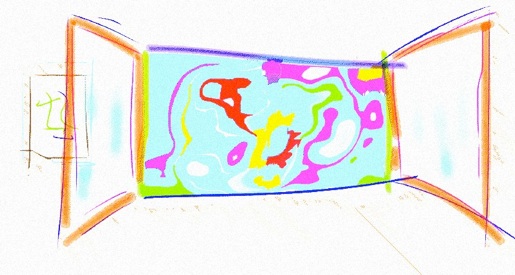Voyeuristi alla finestra: Peeping Tom, dalla leggenda al cinema
DOI:
https://doi.org/10.13130/2035-7680/4648Keywords:
Lady Godiva, Peeping Tom, La finestra sul cortile, L’occhio che uccide, voyeurismo, pulsione scopicaAbstract
This essay deals with voyeuristic attitudes and ʹscopic powerʹ, i.e. the power to gaze at forbidden things and people without being seen. Indeed, its object par excellence coincides with female nakedness, while its subject is an invisible masculinity, which takes delight in looking.
The paper is based on a study of the Anglo-Saxon legend of Lady Godiva and it is strictly connected with the subject of my dissertation in progress – metaphorical and physical blindness in 18th century French literature (since several voyeurs got blind because of their instincts and desires). Lady Godiva’s voyeur, called Peeping Tom, is struck blind for having looked out of his window and seen the noblewoman riding naked. This legend has inspired many artists in different fields, and nowadays its heroine is very famous and venerated. In particular, this essay focuses on the relation between this legend and compulsive looking (or scopophilia) in two renowned films, Rear Window by Alfred Hitchcock, and Peeping Tom by Michael Powell.




